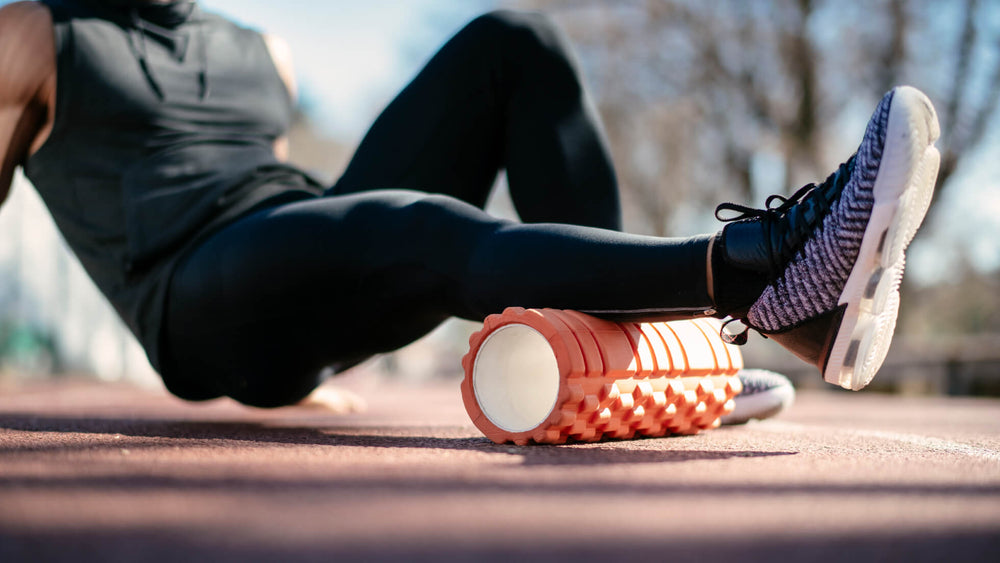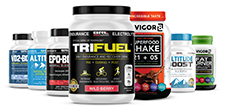Want Better Sleep? 4 Game-Changing Tips for Endurance Athletes

Let's face it, as athletes, we're constantly chasing those marginal gains. But here's the kicker: while you're obsessing over your latest carbon fiber upgrade or that fancy new training plan, you might be neglecting the most powerful performance enhancer of all — quality sleep.
Why Every Athlete Needs to Take Sleep Seriously
Before you roll your eyes at another article about improving sleep habits, hear me out. The science behind healthy sleep and athletic performance is pretty mind-blowing. When you're catching those Z's, your body is basically running its own repair shop:
- Your muscles are getting their nightly tune-up
- Your brain is processing all that technique work
- Your immune system is powering up
- Your hormones are rebalancing themselves
- Your mental health improves, giving you the motivation to crush your workouts
And if you're skimping on sleep? You might as well be training with the handbrake on.
1. Lock Down Your Sleep Schedule (Even on Weekends!)
I know, I know — who wants to wake up at 6 AM on a Sunday? But here's the thing: your body clock is like that riding buddy who hates when you show up late. Keep it happy with consistency. Aim for roughly the same amount of sleep every night and keep your bedtime and morning alarm within an hour of where they normally are on any given day.
Pro tip: Use your training log app to track your sleep schedule. Or use wearable tech to track your quality and duration of sleep.
2. Create Your Sleep Cave
Think of your bedroom as your ultimate wind-down, recovery space. Here are some tips to optimize your sleep environment:
- Keep it cool (around 65°F/18°C)
- Invest in some blackout curtains or wear an eye mask to block out bright lights
- Prioritize quiet by wearing earplugs or if you need a bit of noise, use a white noise playlist
- Keep laptops, cell phones and other devices that emit blue light out of the bedroom (or at least stop looking at screens for at least an hour before bed)
3. Your Pre-Sleep Recovery Ritual
Just like you wouldn't sprint straight into a race without warming up, you shouldn't dive straight into sleep. Here are some tried-and-tested healthy sleep habits you should implement:
- 15 minutes of gentle stretching (perfect for working out those post-ride kinks)
- Quick foam rolling session
- 10 minutes of mindful breathing
- No Strava scrolling in bed (put your phone away!)
4. CBD: The New Recovery Secret Weapon?
Here's something interesting that more and more pros are talking about — CBD. Modern CBD products have been known to help aid in recovery and sleep. It can help you wind down without feeling groggy, dull those post-workout aches, and can help calm pre-race jitters.
The Immune System Connection
Because nothing derails training faster than getting sick. And guess what's your immune system's best friend? Yep, quality sleep. Think of it this way: skipping sleep is like trying to ride with a flat tire. Sure, you can do it, but why would you?
Making It All Work
Between training, work, family, and trying to have a life, sleep often gets pushed aside. But here's my challenge to you: treat sleep like you treat your training. Track it, respect it, and watch your performance transform.
Start here:
1. Pick one tip from this list
2. Try it for two weeks
3. Track how you feel while training
4. Add another tip
5. Repeat
The Bottom Line
Whether you're gunning for KOMs, prepping for your first century, or just trying to keep up with the Saturday group run, sleep might be the upgrade you're looking for. And this performance enhancer is absolutely free.
Remember: you can't out-train poor sleep. But nail your sleep hygiene, and you might just find yourself with more energy for training, better recovery, and yeah — maybe even some new PRs.
Take the next step in your training regimen: Try any BRL Sports supplement risk-free! If our natural nutritional products aren’t the best you’ve ever used, simply return your purchase for a 100% refund — no questions asked!
Also in Inspiration & Perspiration

High Altitude Supplements: Complete Guide to Training & Prevention (Altitude Sickness Solutions)
Support endurance and reduce altitude stress with supplements that improve oxygen efficiency, stamina, and recovery in high-altitude conditions.

Best Supplements For Runners: Complete Guide By Training Phase (Base, Peak, Taper & Race Day)
Discover the best supplements for runners by training phase—base, peak, taper, and race day—to boost endurance, recovery, and performance.

Creatine for Endurance vs. Sprint Efforts
Creatine isn’t just for power—learn how it boosts sprint speed, recovery, and endurance performance.


